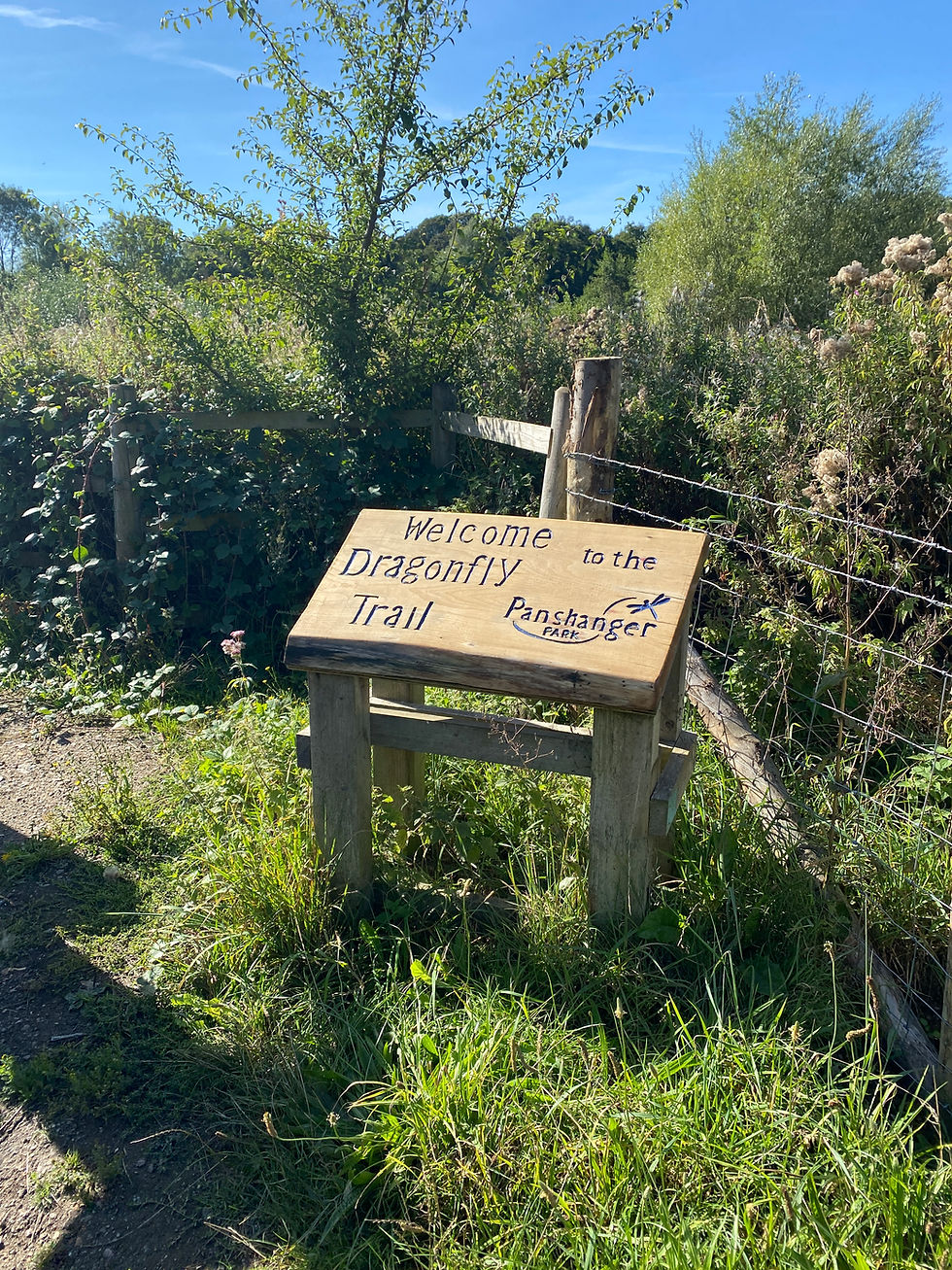FWAG Farmers and the Big Barn Owl Fight-Back
- Jilly McNaughton

- Jul 6, 2022
- 4 min read
Updated: Jul 18, 2022

A recent photo from a barn owl ringing session in the Fens.
FWAG East members were treated to a tour of the Raptor Foundation in Huntingdon, Cambridgeshire, recently where they heard some encouraging news on how efforts to save the species are paying off. FWAG East's bird specialist Raphael Long gives an account of the evening:
"We were toured around the site by Liz McQuillan, one of the founders, and the current head, of the Foundation. Liz began by introducing us to the raptors housed here, of which there were many – and from all over the world! The site is used to provide medical care for injured native raptors and return these birds to the wild, if they are suitable for release.
"The foundation also provides refuge for non-native raptors that were either brought to the UK illegally or escaped/were removed from private collections. In addition to all of this, the foundation assists with breeding and release programmes to rebuild raptor populations across Europe. After the initial tour, Liz gave our members the opportunity to see a few of her birds in action. This included flights from a harris hawk and barn owl, for us to get an up-close look at these magnificent birds and learn a bit more about the issues they are facing, and the efforts to conserve them.

The barn owl that Liz kindly flew for us.
"Following this, we headed inside for everyone to get some refreshments before a talk by Simon Dudhill about barn owls – the focus of the event. Simon has been involved with ringing and monitoring barn owls in Cambridgeshire for many years, as well as assisting Liz in running the Raptor Foundation wildlife hospital. Simon explained to us how conservation work for barn owls over the last 30 years has proved to be a great success. Barn owl numbers have been estimated to now possibly exceed 10,000 breeding pairs, moving their conservation status up from Amber to Green. Simon also discussed how 70-80% of barn owls now rely on nest boxes for breeding, often due to the loss of old barns and buildings, and limited natural breeding habitat (such as large trees lost in storm damage).

Barn owl chick ringing on one of our farmer member's farms.
"Our members were particularly interested in the correct placement of nest boxes, and Simon explained that exact placement is not vital, so long as the boxes are away from human disturbance and in the vicinity of good foraging habitat. Boxes can be placed on the end of barns, inside barns, or erected on poles and large trees. If they are high enough that people cannot tamper with them, then they should okay for Barn owls. If one can, then placing the box away from prevailing wind may also be beneficial.
"Box design is important, as you need to ensure that when the chicks start moving around, they cannot simply walk out of the box and fall to the ground. By placing the entrance near the top of the box, this can make it more difficult for accidents to occur. Another important point from Simon was that as boxes get re-used, they fill with pellets, excrement, and other mess. If they are not cleaned out annually, then eventually they will fill up and chicks may be able to walk out the top and fall to the ground. It is best to clean the boxes in the winter when the birds are not breeding, and to make sure that you leave a layer of sawdust in the bottom so that any laid eggs do not roll around (as the owls don’t make their own nests).

Trevor Horsnell, who attended the event, recently erected his own raptor nest boxes.
"Of course, you can’t have successful breeding without a good food supply. Rough grass meadows with very infrequent cutting are crucial habitats. These provide a good food supply of small mammals, such as voles, one of the barn owl’s main food sources. Nest boxes placed on the edge of a copse (or on a building/pole) looking out onto areas of good habitat (i.e., grass meadows) are ideal. However, Simon did point out that barn owls can travel up to half a kilometre away to feed, so even without the necessary habitat available on the farm, there may still be barn owls present.
"Simon also emphasised that most birds that don’t make it in the first year (70-75%) are a result of road traffic accidents. Barn owls often fly low across open habitats while hunting, and if boundary hedgerows are cut too low along the roadside, or if there are no hedgerows present along the roadside, it is easy for barn owls to fly low across the road. This can increase the chance of a collision between the barn owl and any vehicles passing on the road. Leaving hedges taller where they are adjacent to roads encourages barn owls to fly up higher over the hedge – and to make it safely over the road."

It is worth noting that under the Countryside Stewardship scheme you can apply for the WB3 - Large wildlife box option, which will contribute £100 per box. If you are interested in this then get in contact with one of us at FWAG East and we can assist you in applying for this as part of your Countryside Stewardship application.
If you are interested in information on where to purchase barn owl boxes and how you can get involved with ringing, please contact: Simon Dudhill, at simondudhill@btinternet.com or 07798 713735.




Comments